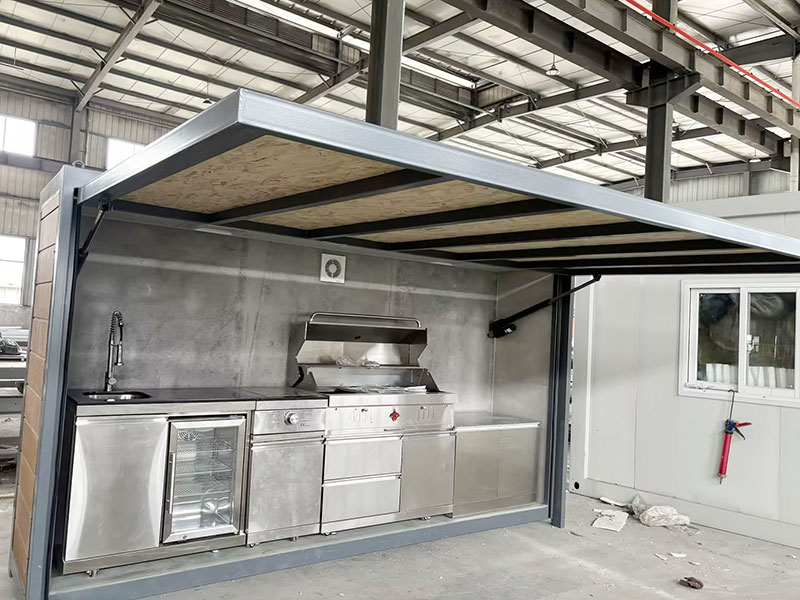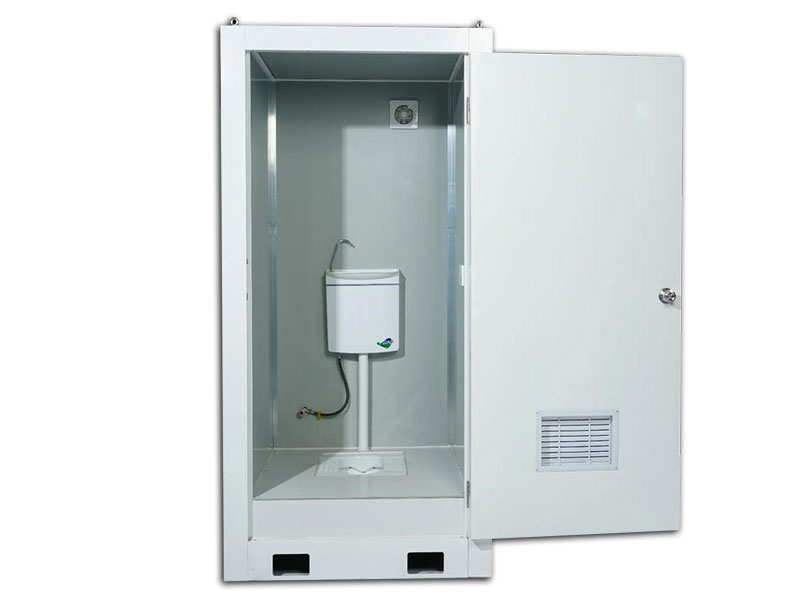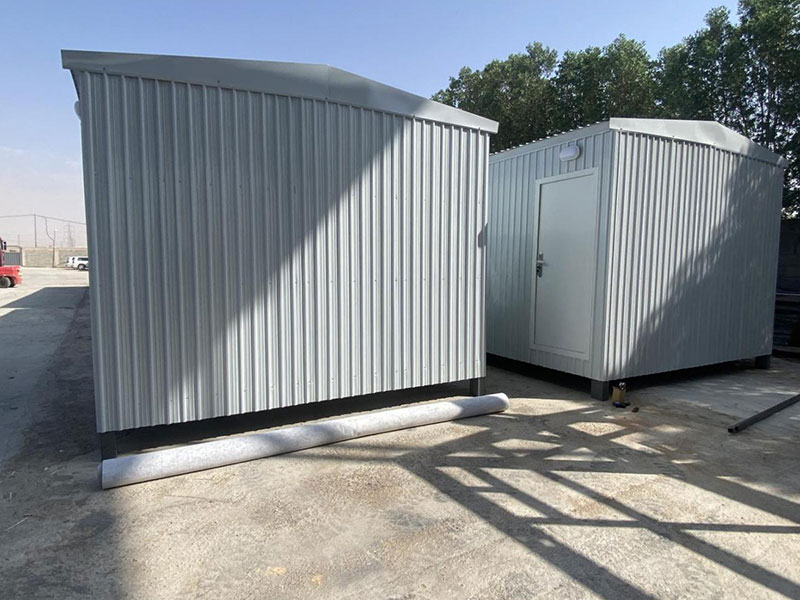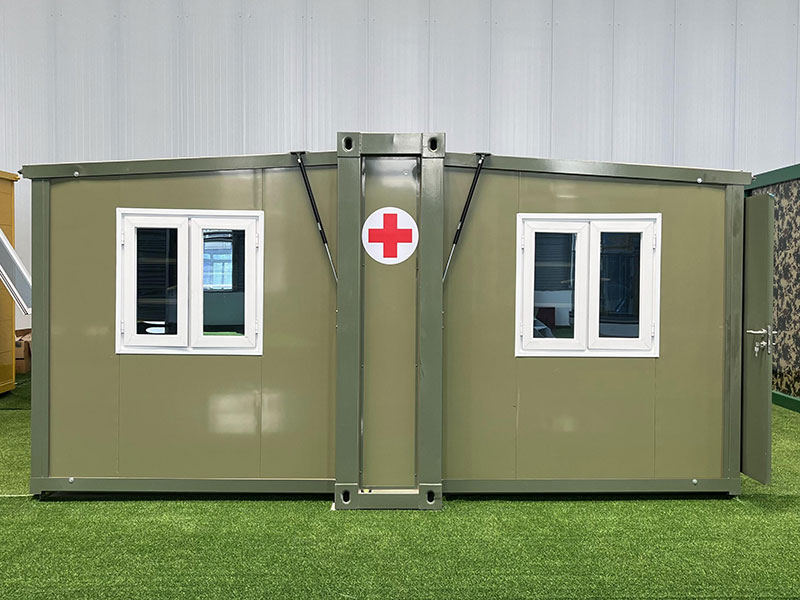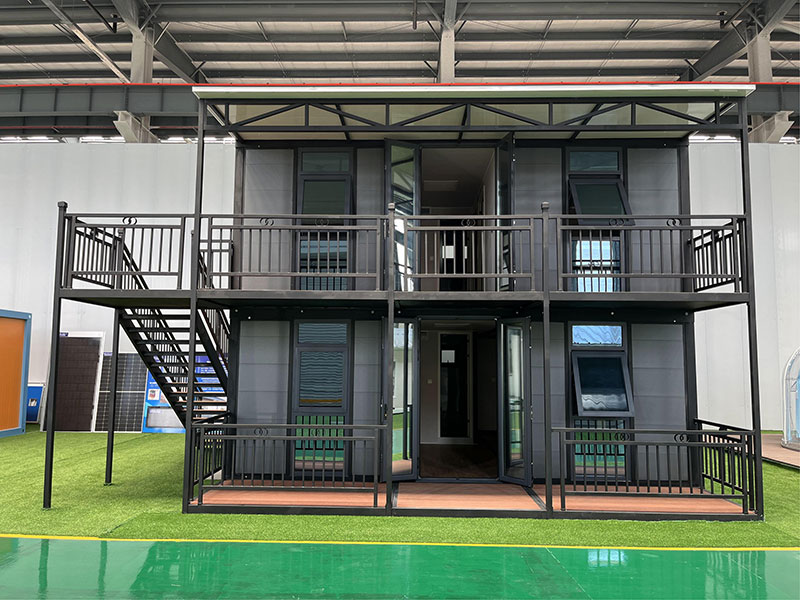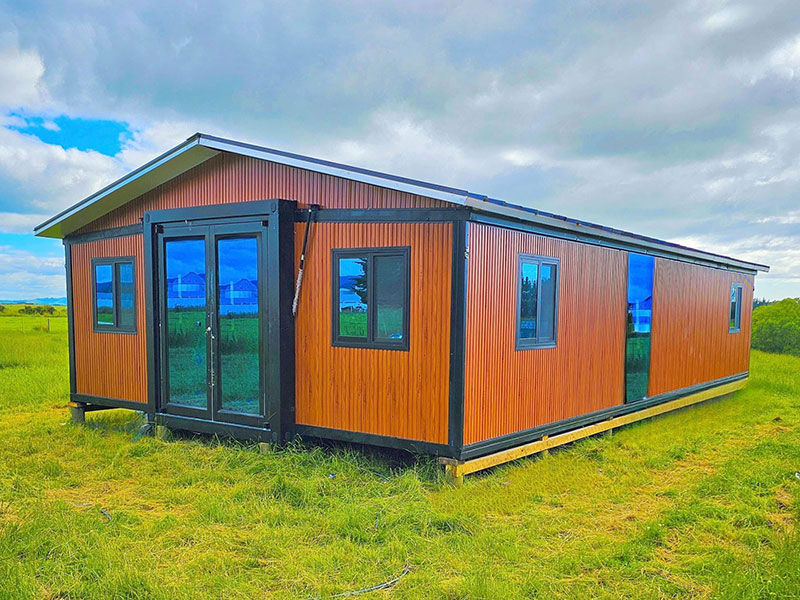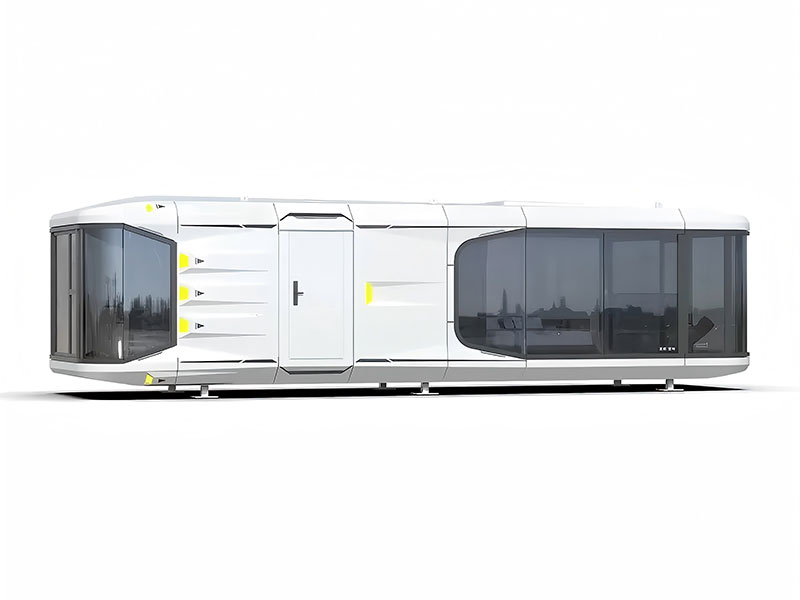Capsule House: The Future of Sustainable and Affordable Living
2025-04-27The global housing crisis demands innovative solutions, and the capsule house concept is emerging as a game-changer. Combining eco-friendly housing solutions with compact living spaces, these structures address urbanization challenges while promoting sustainability. Capsule houses are becoming the future of affordable and sustainable living.
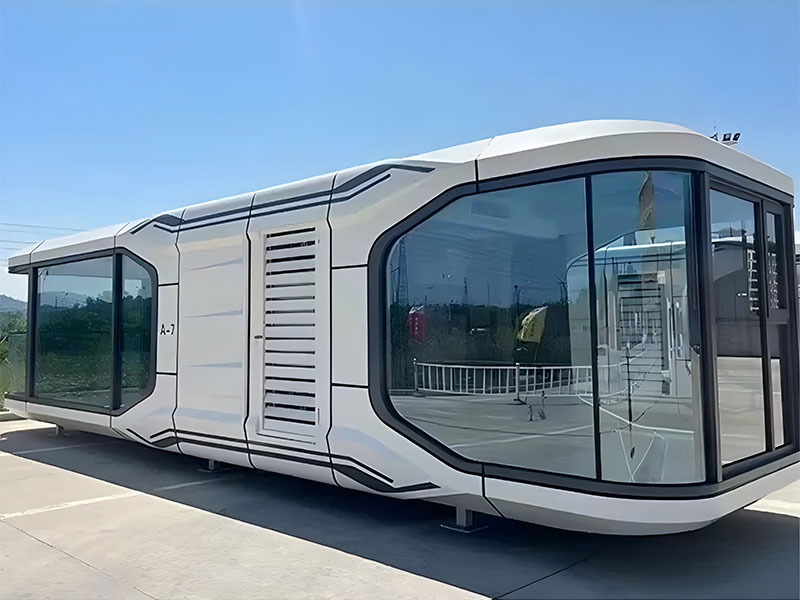
The Rise of Capsule Houses in Modern Architecture
Capsule houses first gained attention in Japan’s space-efficient urban environments, where maximizing square footage is critical. Today, architects worldwide adopt modular capsule house designs to create adaptable living spaces. By using prefabricated building materials, these homes reduce construction waste and energy consumption.
Sustainable Features of Capsule Houses
One key advantage of capsule houses is their low-carbon footprint. Solar panels, rainwater harvesting systems, and energy-efficient insulation are standard features. For instance, the Capsule House integrates recycled steel and bamboo composites, cutting emissions by 40% compared to traditional homes.The cost-effective construction methods of capsule houses make them accessible, prefab modules slash labor costs.
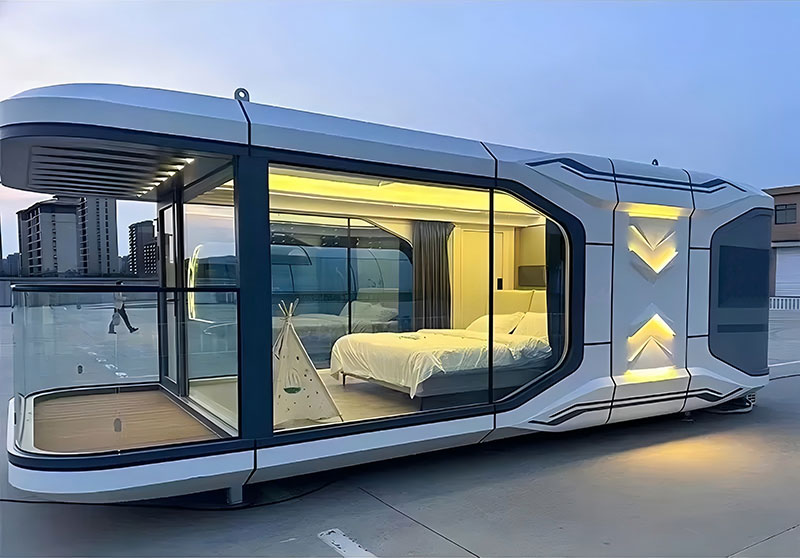
Challenges and Future Innovations
Despite their benefits, capsule houses face zoning law hurdles and stigma around minimalist living spaces. However, advances in smart home automation and capsule modules promise to overcome these barriers.
Conclusion
Capsule houses represent more than a trend—they are a blueprint for sustainable urban development. By prioritizing affordability and eco-conscious design, these homes could redefine how we live in the 21st century.

